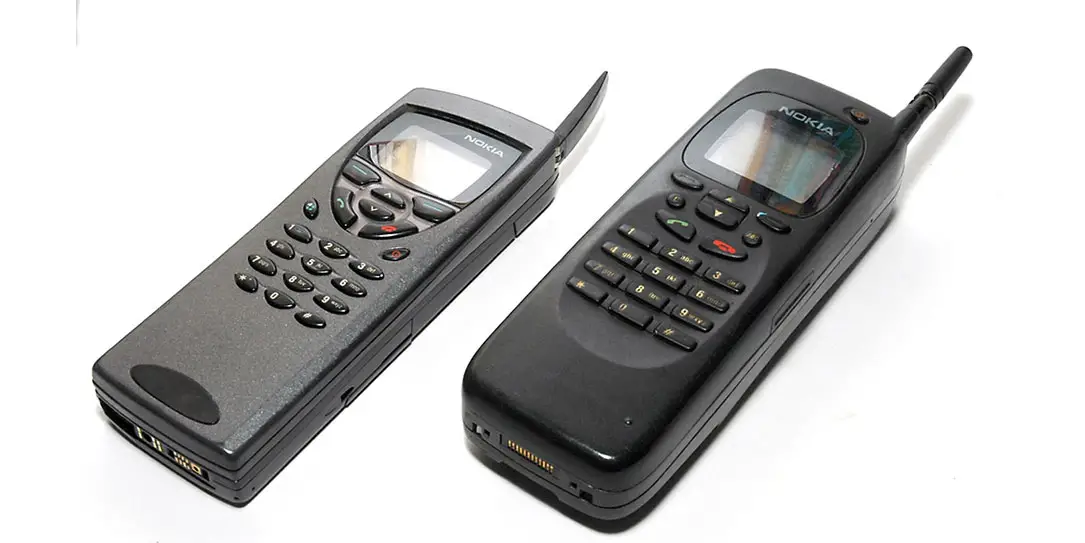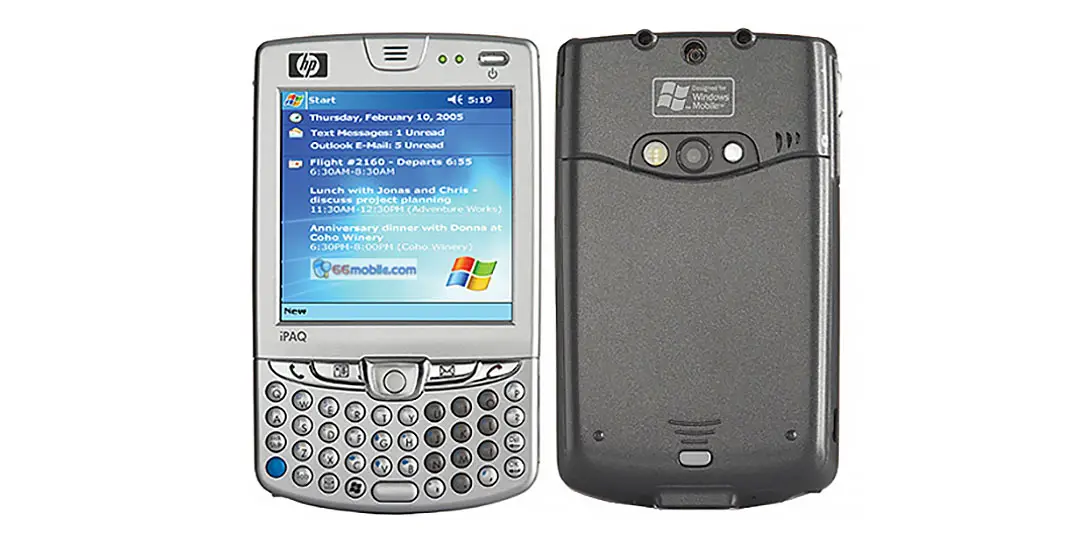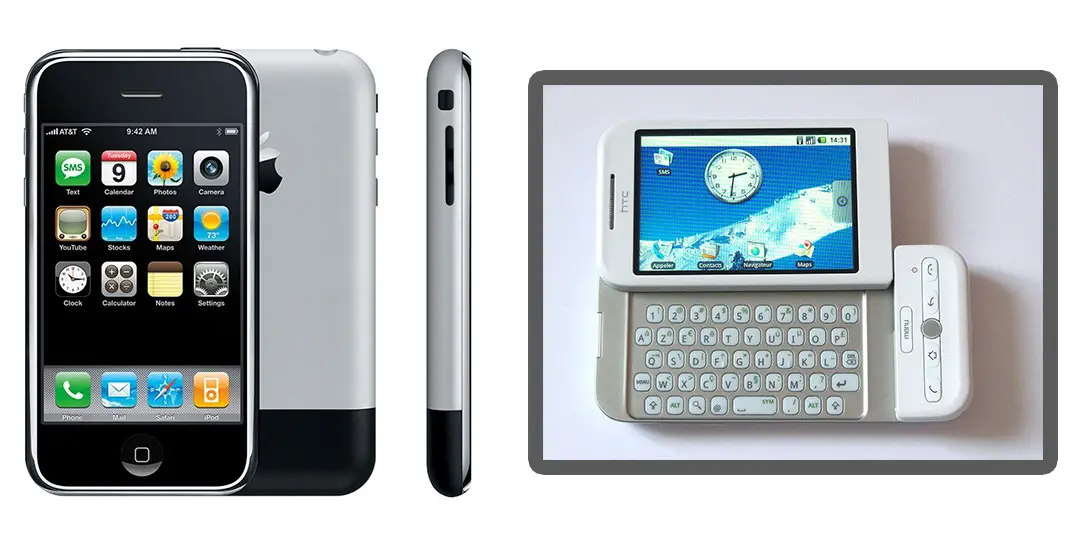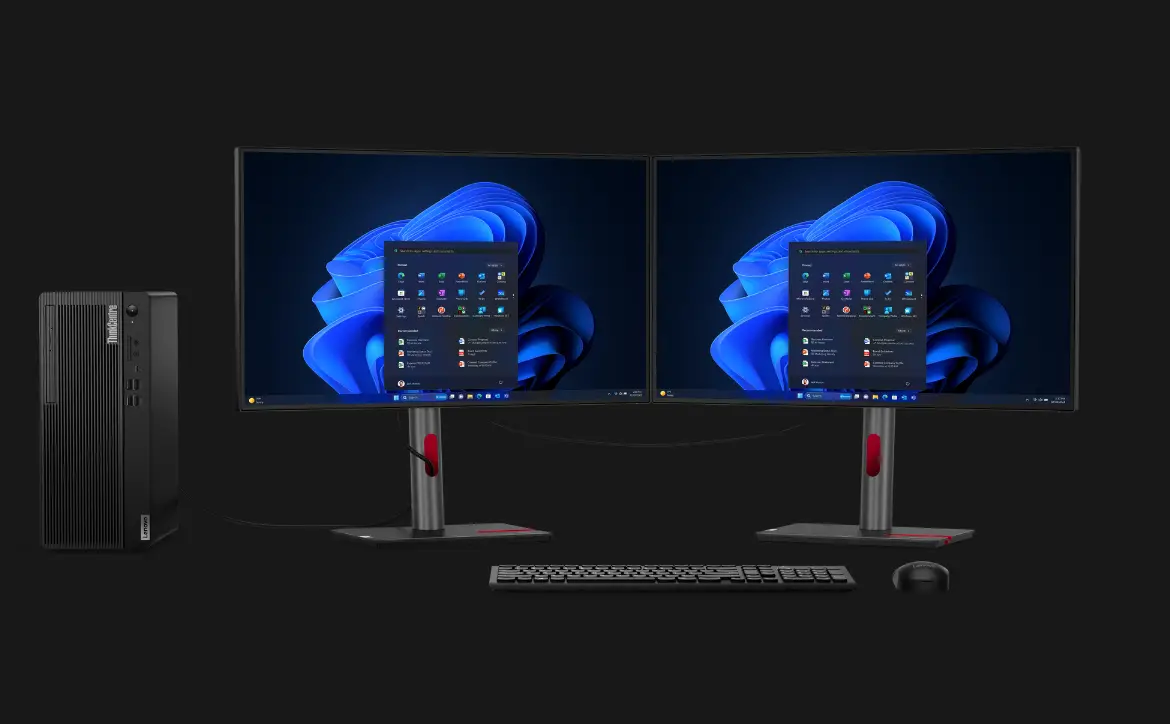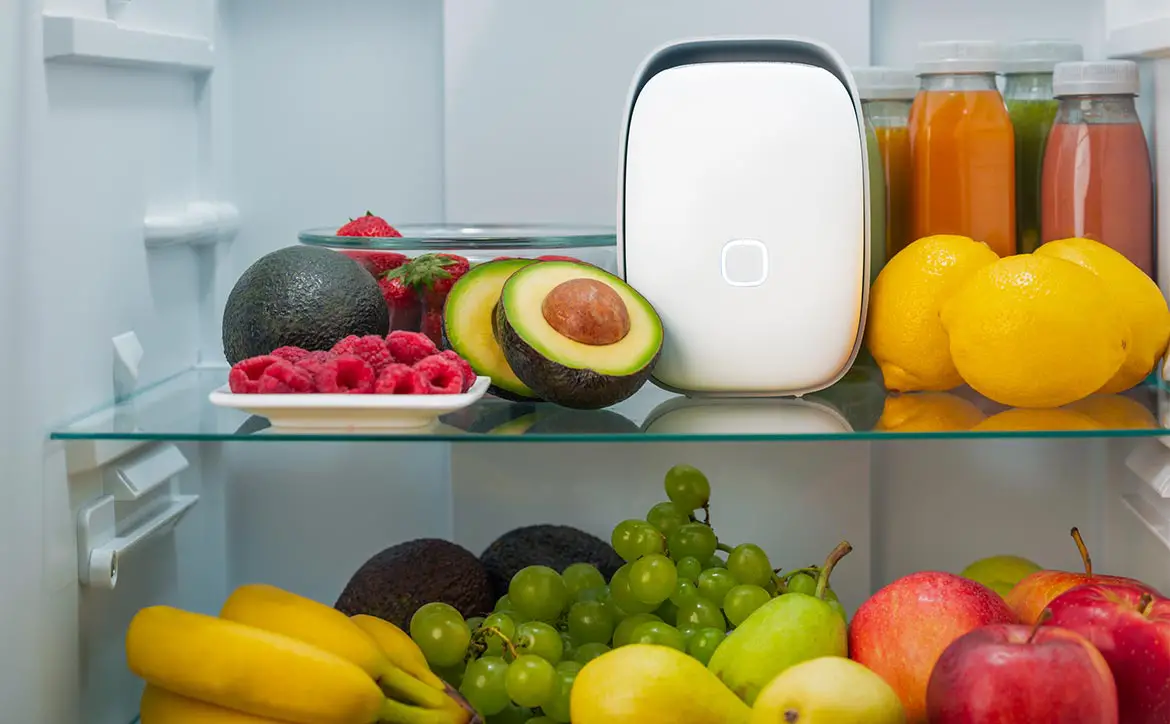Smartphones are literally everywhere these days. As a matter of fact, the cost of smartphones has dropped so dramatically that pretty much anyone can now buy one. The performance and quality of even the least expensive devices have drastically improved to the point many users are happier buying the device that’s not US$1,000.
The smartphone has evolved over the years, allowing the world to become far more interconnected than ever before. Along with the internet, this device has managed to transcend telephone communications, bringing together people who may have never met face-to-face.
This short editorial isn’t meant to delve deep into the history of smartphones and communications devices, but rather it’s meant as a brief overview and discussion starter. So no disrespect to the many names left out of this piece, including Symbian OS, Palm OS, Newton OS, and DangerOS to name a few. So, maybe it is time to stop calling our devices smartphones, maybe it’s not. Be sure to drop your thoughts in the comments below.
Before they were smartphones
It’s easy to forget the origins of the things we use today as things become normalized. But before we had smartphones, all we had were, well…phones. It wasn’t until the early ’90s when IBM introduced the IBM Simon Personal Communicator that things began to change.
The IBM Simon was certainly a leap for personal communications back in those days. The Simon was basically the first PDA phone to have been brought to market. If you remember Palm Pilot’s, that’s what Simon was but with telephone capability.
Soon after Simon, other PDA style phones began coming to market from the likes of Palm, Windows, Nokia, and others. These devices offered limited and often slow connection to the early internet. Their primary function was to keep calendars, appointments, and contacts neatly organized and able to sync to a desktop so users kept organized.
While these PDA style phones offered some connectivity, the phone portion of the device always remained the central purpose of the device. Back in the late ’90s, just having cellular telephony connectivity was a luxury and very important, especially to business users. These PDA phones allowed them to stay connected to their business, which, was a good thing for them.
Then came BlackBerry and Windows Mobile
The idea of the smartphone was around before BlackBerry. Windows Mobile and some of the PDA style phones mentioned above are actually considered some of the first smartphones. But really, the era of the true smartphone started with BlackBerry and Windows Mobile.
While BlackBerry and Windows Mobile weren’t the only players in the game, they became the dominant ones at the end of this evolution of the smartphone. These operating systems were among the first to offer even deeper connectivity to the internet and internet communications.
As the infrastructure and organization of the internet started to grow, smartphones really started to become an essential tool. Once again, the business sector drove most of the demand.
BlackBerry and Windows Mobile smartphones were a common sight amongst the business community. While there were consumers who purchased these devices, they still weren’t completely appealing to the average person. Most consumers at the time opted for the new feature phones which were geared more towards entertainment, offering games and limited internet connectivity. As a matter of fact, the feature phone’s popularity can arguably be credited for giving birth to the consumer smartphone.
While BlackBerry and Microsoft concentrated on catering to the business user, others were already thinking about how they could serve the consumer market. The rise of internet usage, the desire for PDAs, and the popularity of portable music storage were what really pushed the modern smartphone into existence.
Enter iPhone and Android
2007 and 2008 were arguably the genesis of modern smartphones as we know them today. If you’re part of techie circles you will find the debate still rages on over iOS and Android. Both operating systems (and smartphones) were introduced not far apart from each other, and both are responsible for shaping the smartphone landscape we see today.
It’s with these operating systems that the touch interface and stand-alone apps were introduced. It’s with these smartphones that consumers were offered something that appealed to them. The first iPhone and Android phones were a little rough around the edges. There were still very few apps to choose from as that ecosystem still needed to be built. But they offered a better user experience than ever before.
While the first iPhone and Android smartphones offered up even more internet connectivity and started offering apps, it was still their phone and texting features that remained the primary use for most users.
Since 2007 the communications landscape has changed. With the popularity of social media apps like Twitter, Facebook, and Instagram, as well as the rise of messaging apps like WhatsApp, Messenger, and iMessage, users are relying less on telephony communications and more on internet-connected services.
Smartphones have also transcended the phone part of their name and have essentially become pocket computers, which brings us to our conclusion and the question we’re here to ask you.
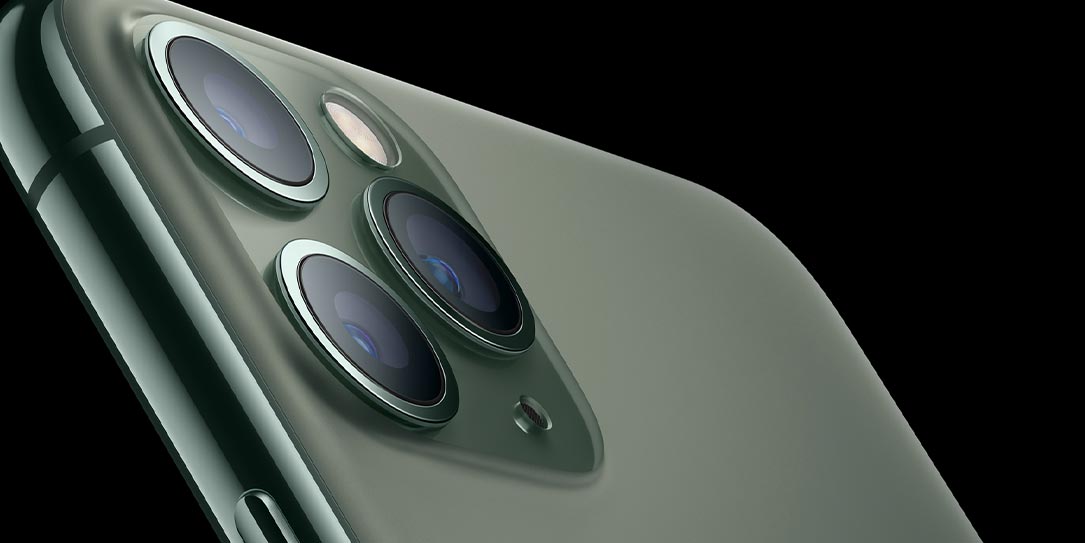
Is it time to stop calling them smartphones?
Even the cheapest smartphones these days are capable of performing tasks once only doable by a computer. With these smartphones, you can capture images and video that you could only get on a DSLR just 5-years ago. With these smartphones, you can communicate via social media and secure messaging apps and skip the phone feature altogether. You can even track your heart rate and workouts along with keeping a health history.
The prices of smartphones have gotten high, over US$1,000 in many cases, and many users choke at the idea of spending that much money on a phone. So maybe it is time to stop calling them smartphones. These devices offer so much more than telephony communications. They are packing more technology in them than ever before and many of us are probably not using them as actual telephones.
What do you think? Should we still call them smartphones? Or have these devices become far more than that? Do their newfound capabilities justify their new higher price tags? Let us know in the comments below or on Twitter, or Facebook. You can also comment on our MeWe page by joining the MeWe social network.
Last Updated on February 3, 2021.

